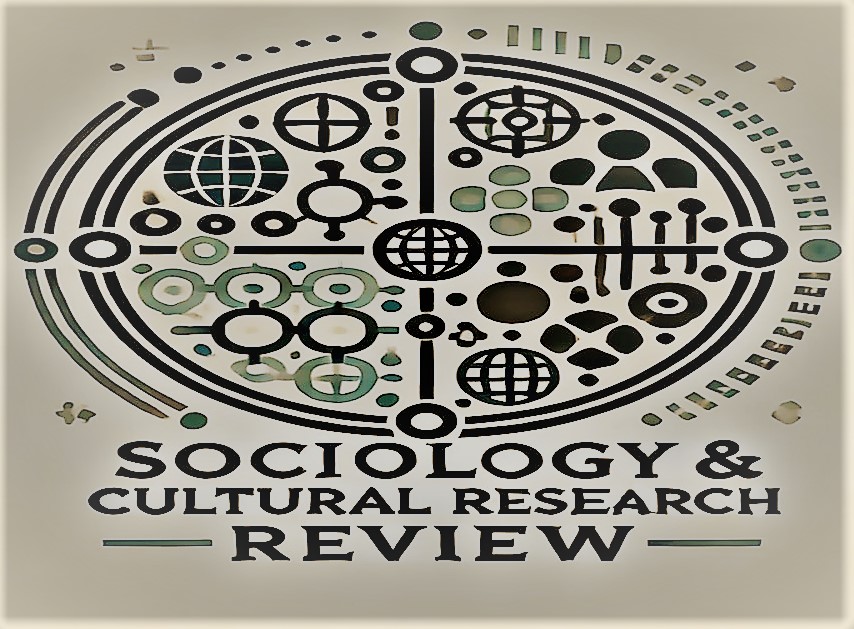Exploring the Challenges of Feedback Mechanisms in Higher Education: A Case Study of Faculty and Students in Gilgit-Baltistan, Pakistan
https://doi.org/10.5281/zenodo.16814895
Abstract
This study explored the challenges faced by both faculty and students in delivering, incorporating, and utilizing feedback in one of the public sector universities in Gilgit-Baltistan, Pakistan. This study adopted the qualitative research design, focusing on a case study design. Four faculty members and eight students from the Faculty of Arts and Humanities were selected conveniently. The data was collected through semi-structured interviews of both the faculty and students. Moreover, classroom observations and relevant documents analyses was conducted to triangulate the data and to validate the results. By using the thematic analysis model of Braun and Clark (2006), the data were analyzed. The result indicated that both the faculty and students face a lot of challenges while giving and incorporating feedback. Faculty faces challenges like cultural differences between faculty and students, faculty's lack of feedback literacy and their readiness, students’ attitude towards receiving feedback, variations in students’ cognitive level, time constraints in providing feedback, differences in educational culture and expectations, lack of institutional policy and guidelines on feedback, and gender related challenges in communication. Students, on the other hand, encounter difficulties while incorporating feedback due to personal challenges (introvert personalities), gender disparity, and cultural differences between faculty and students. Thus, based on the results, it is highly recommended that the faculty should know the educational and cultural background of students and seek students’ preferences regarding feedback methods to ensure clarity, effectiveness, and better learning.
Keywords: Challenges, Feedback Mechanisms, Higher Education. Faculty, Students, Gilgit-Baltistan




